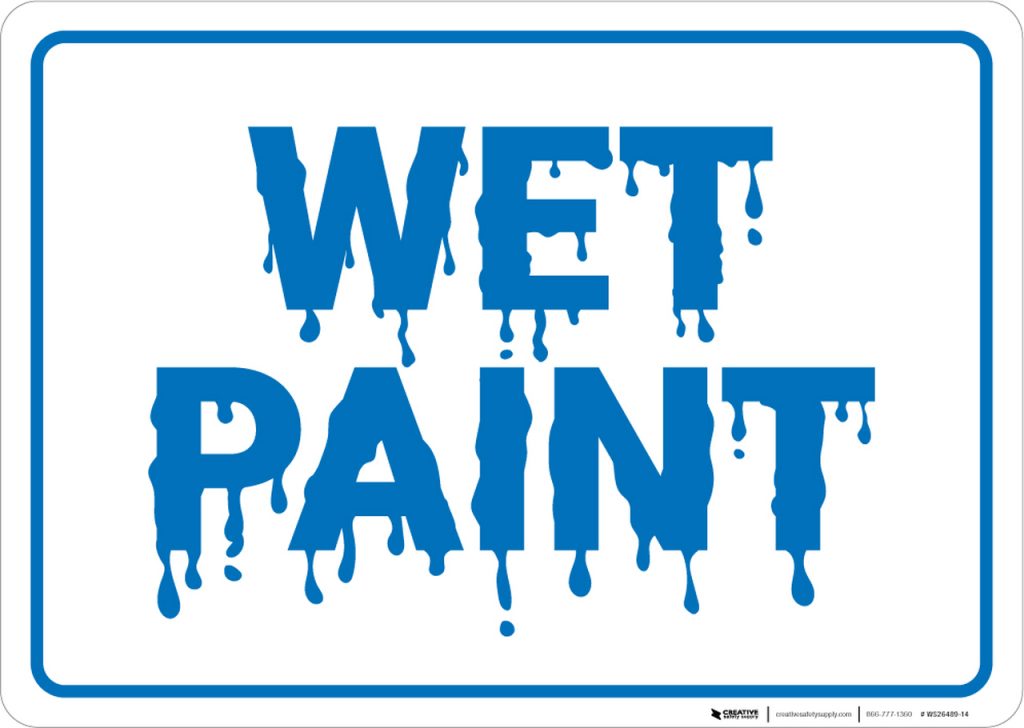
Painting mistakes can detract from the quality of your project and result in unsatisfactory results. Here are some common painting mistakes to avoid and how to fix them:
1. Not Preparing the Surface Properly:
- Mistake: Failing to clean, sand, and prime the surface before painting can lead to poor adhesion, uneven coverage, and premature peeling or chipping.
- Solution: Thoroughly clean the surface to remove dirt, grease, and debris. Sand rough areas and patch any holes or imperfections with spackling compound or filler. Apply a high-quality primer to create a smooth and durable base for the paint.
2. Using Low-Quality Paint and Tools:
- Mistake: Using cheap or low-quality paint and painting tools can result in streaks, brush marks, and uneven coverage.
- Solution: Invest in high-quality paint and painting tools, including brushes, rollers, and trays, to achieve professional-looking results. Choose paints with good coverage, durability, and color consistency for optimal performance.
3. Skipping the Primer:
- Mistake: Skipping the primer, especially on bare or porous surfaces, can result in poor adhesion, uneven color, and excessive paint consumption.
- Solution: Always use a primer, especially on bare wood, drywall, or previously unpainted surfaces, to seal the surface, promote adhesion, and ensure uniform coverage of the topcoat. Choose a primer suitable for your surface and follow the manufacturer’s instructions for application.
4. Overloading the Brush or Roller:
- Mistake: Overloading the brush or roller with paint can lead to drips, splatters, and uneven coverage.
- Solution: Load the brush or roller with a moderate amount of paint, tapping off any excess before applying to the surface. Use smooth and even strokes to apply the paint, working in small sections and maintaining a wet edge to prevent visible seams or lines.
5. Painting in Poor Conditions:
- Mistake: Painting in extreme temperatures, high humidity, or direct sunlight can affect the drying time, adhesion, and finish of the paint.
- Solution: Paint in moderate temperatures (typically between 50°F and 85°F) with low humidity for optimal results. Choose a time of day when the area to be painted is shaded and well-ventilated to ensure proper drying and adhesion.
6. Rushing the Drying Process:
- Mistake: Rushing the drying process by applying multiple coats of paint too quickly can lead to poor adhesion, streaks, and smudges.
- Solution: Allow each coat of paint to dry completely according to the manufacturer’s instructions before applying additional coats. Follow recommended drying times between coats, and avoid touching or leaning objects against freshly painted surfaces until fully cured.
7. Not Using Painter’s Tape Correctly:
- Mistake: Improper application or removal of painter’s tape can result in paint bleed, uneven lines, and damage to the surface.
- Solution: Apply painter’s tape carefully and press down firmly to create a tight seal along the edges. Remove the tape at a 45-degree angle while the paint is still slightly tacky to achieve clean and crisp lines. Avoid leaving the tape on for too long or pulling it off too quickly, as this can cause the paint to peel or chip.
8. Neglecting Cleanup and Maintenance:
- Mistake: Failing to clean and maintain painting tools properly can lead to dried paint buildup, rust, and deterioration.
- Solution: Clean brushes, rollers, trays, and other painting tools thoroughly with soap and water or paint thinner immediately after use to remove excess paint. Store brushes and rollers properly by hanging them to dry or wrapping them in plastic to prevent drying out. Replace worn or damaged tools as needed to ensure optimal performance.
By avoiding these common painting mistakes and following proper techniques and best practices, you can achieve professional-looking results and enjoy a successful painting project. Remember to take your time, work carefully, and prioritize surface preparation, quality materials, and attention to detail for a finished product you can be proud of.
Jeff
